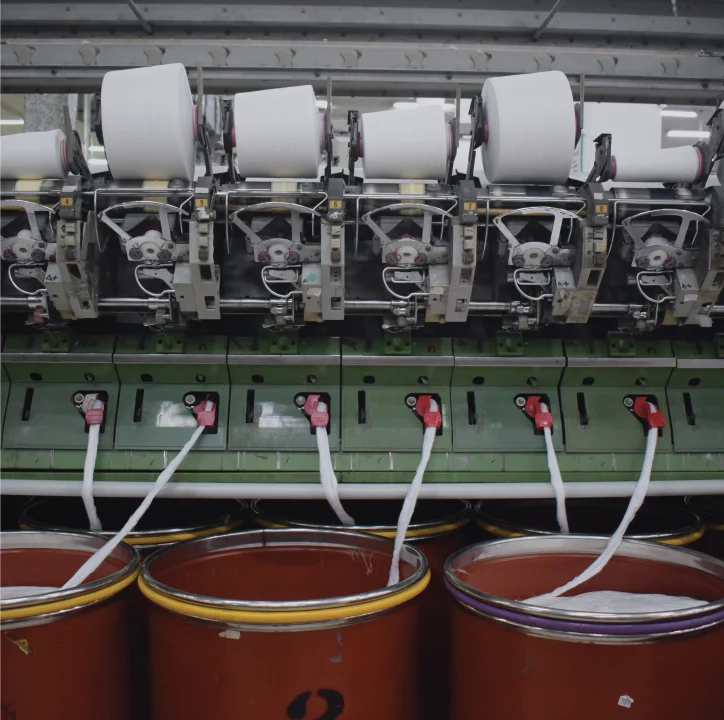
OPEN END
or
OE SPUN
The heart of the
open-end process
is a rotor,
wherein fibers can be collected and then drawn off as a yarn. For short staple spinning, most rotors are 31 to 56 millimeters in diameter and features a shallow U-shaped or V-shaped groove for fiber alignment around their periphery. In open end spinning, the rotor rotation provides the twisting force.

In traditional spinning, twist is inserted by rotating the package into yarn by rotating the package upon which the yarn is being wound. In the case of open-end spinning, the twisting force is generated by the rotation of a rotor and is transmitted by friction to the fibers that make up the tail of the newly formed yarn. As this twisting tail comes into contact with other fibers, it collects them. Once this process is started, it is self-sustaining, and yarn can then be drawn out of the rotor continuously. In order to prevent twist from being transmitted throughout the length of the fibers that are available for collection into yarn, it is essential that these fibers remain free from significant frictional contact with one another. It is from this requirement, that the supply fibers not be in intimate frictional contact, that open-end spinning derives its descriptive name. This lack of contact allows true twist can be properly inserted, and at the same time, prevents twist from being transmitted throughout the fiber supply, which would result in premature stripping from the rotor.
Differences:
The key difference between ring-spun and open-end yarn lies in their formation methods is in the way they are formed. The former produces yarn by inserting twist into a continuous ribbon-like strand of cohesive fibers delivered by the front rolls, while the latter forms yarn from individual fibers directly by collecting them from the inside surface of a rotor by twist forces. Thus, for comparison, it could be said that ring-spun yarns are formed from the outside-in, while open-end yarns are formed from the inside-out.
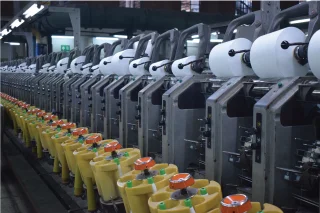
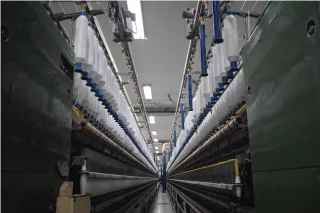
ring-spun yarns
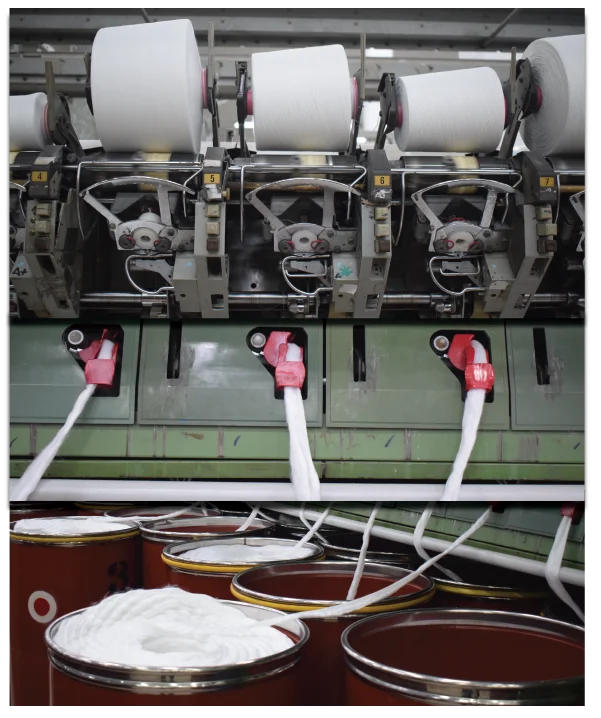
open end
spun yarns
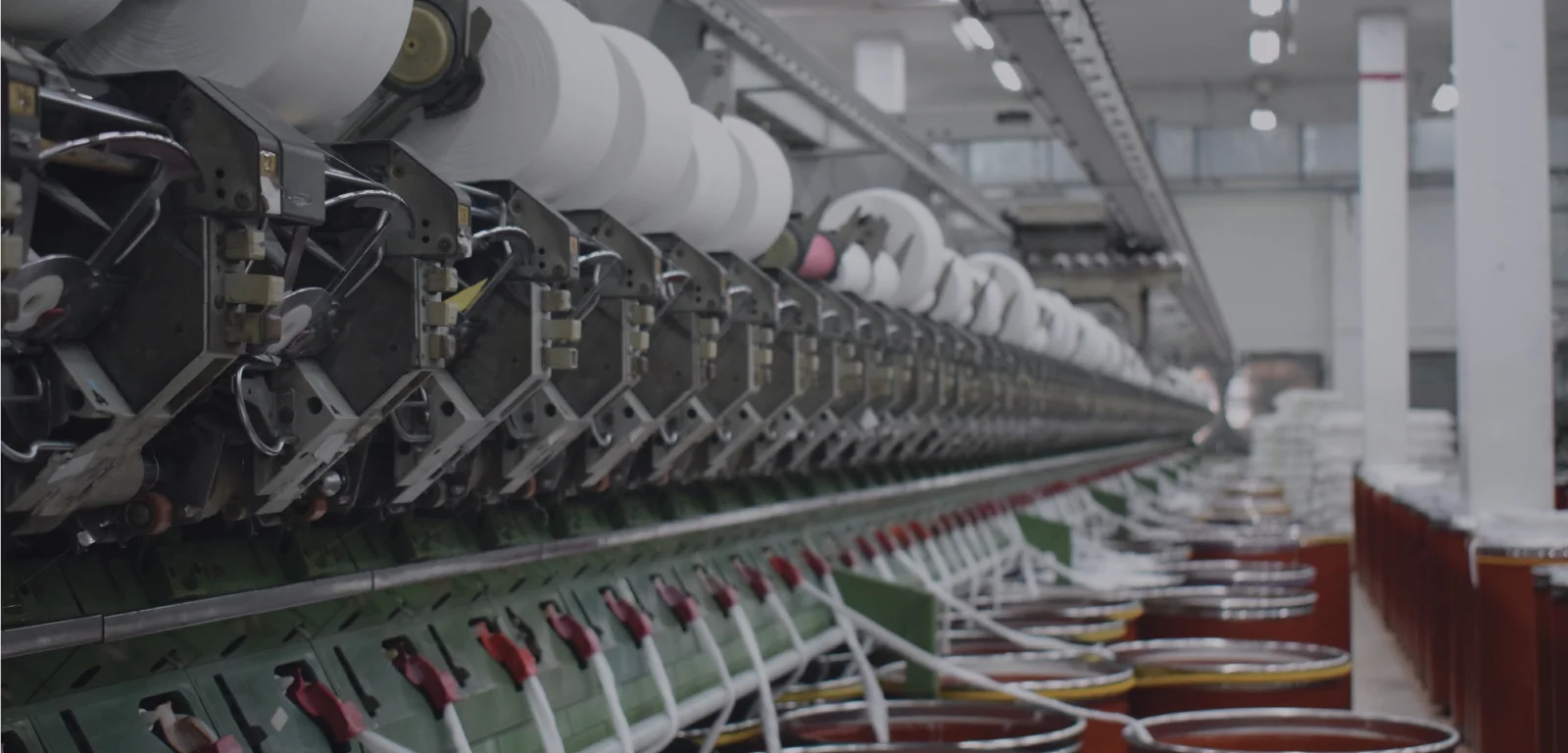
The elements basic to production of open-end
yarns are somewhat different from ring spinning.
The key elements include:
a) Fiber supply
b) Drafting system
c) Fiber collection and alignment
d) Twist insertion -- yarn formation
e) Package winding
Luster in Spun Yarns
Luster refers to the degree of light that is
reflected from the surface of a fiber or the degree
of gloss or sheen that the fiber possesses.
- Full dull
- Semi-dull
- Bright (high gloss or sheen)

This website uses to ensure you get the best experience on our website. Privacy policy




